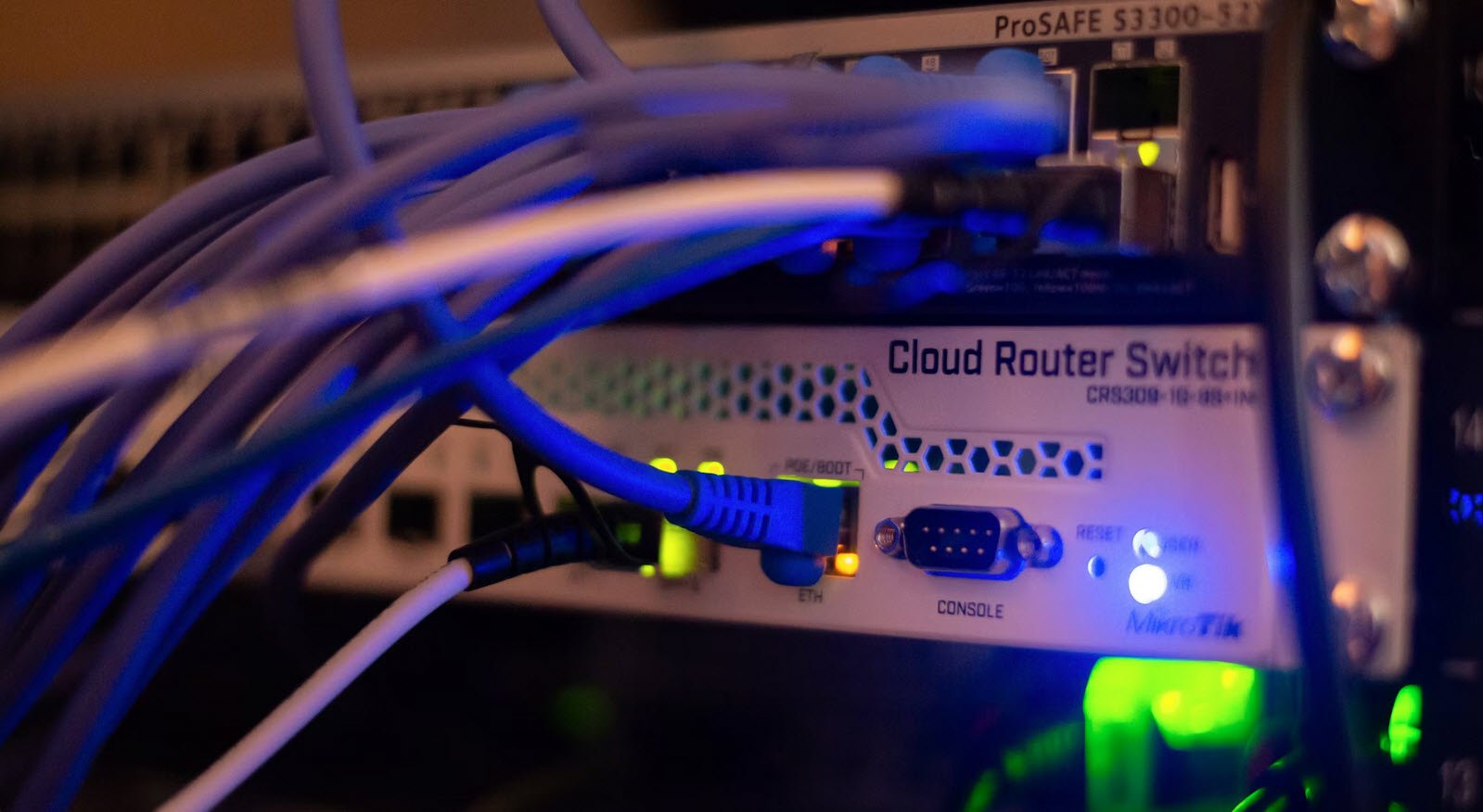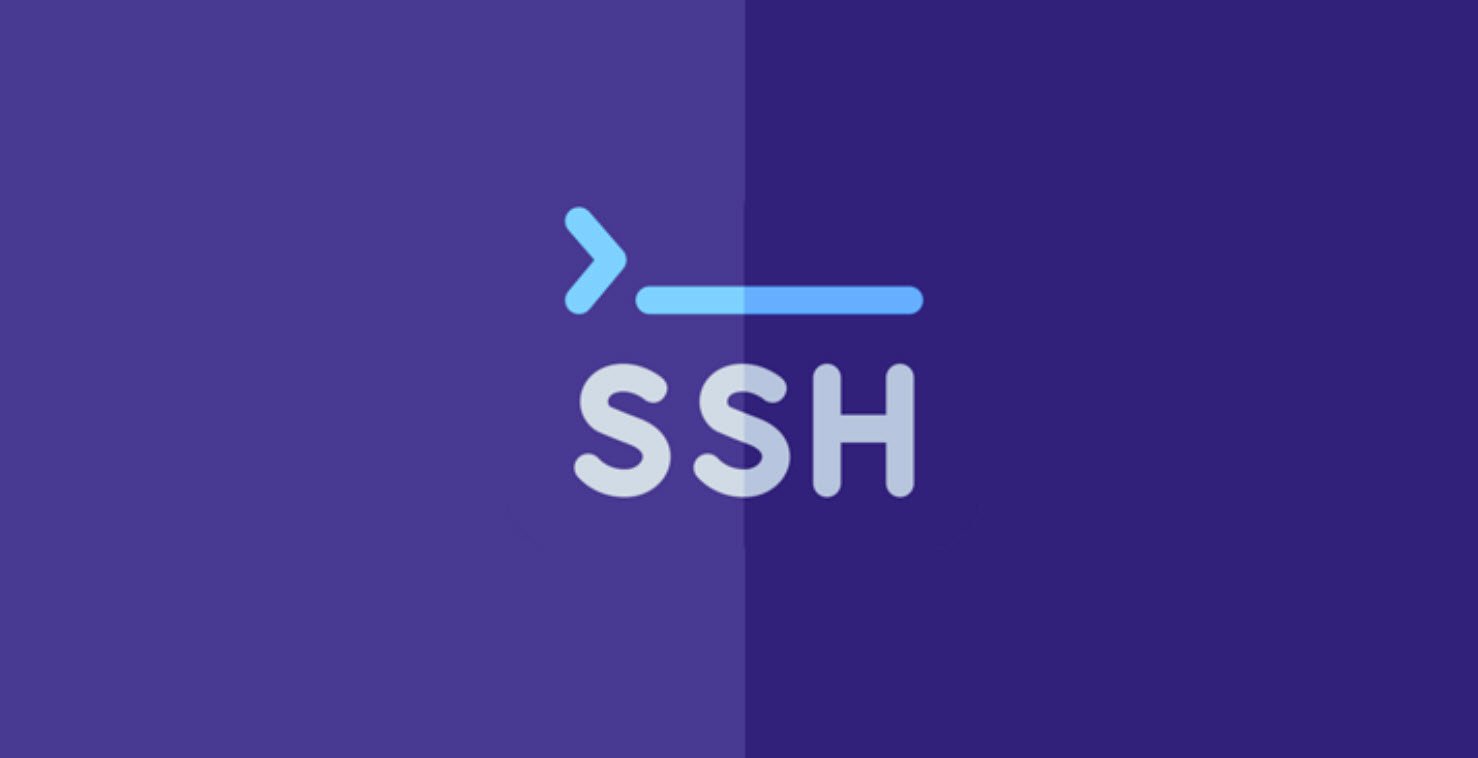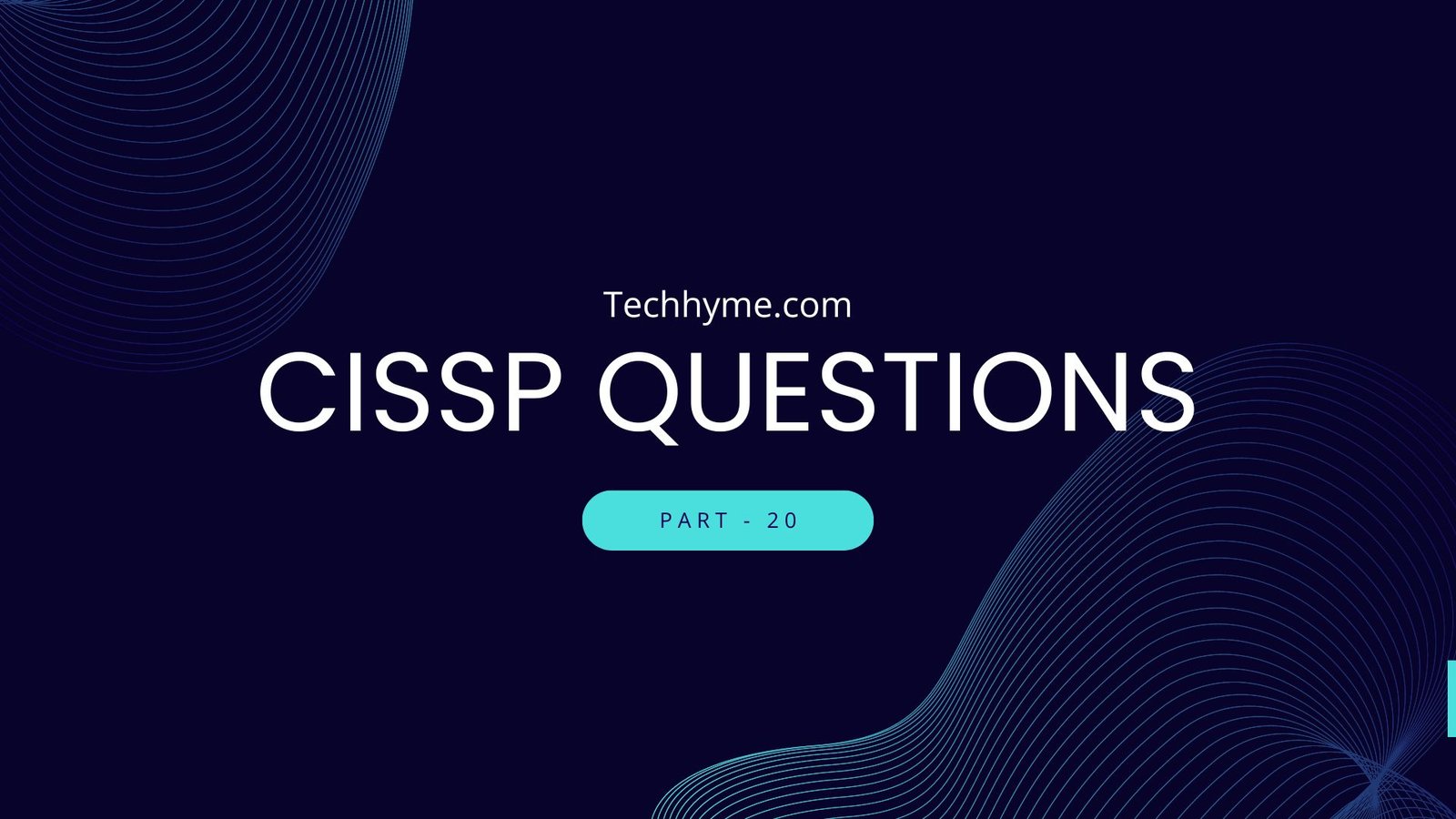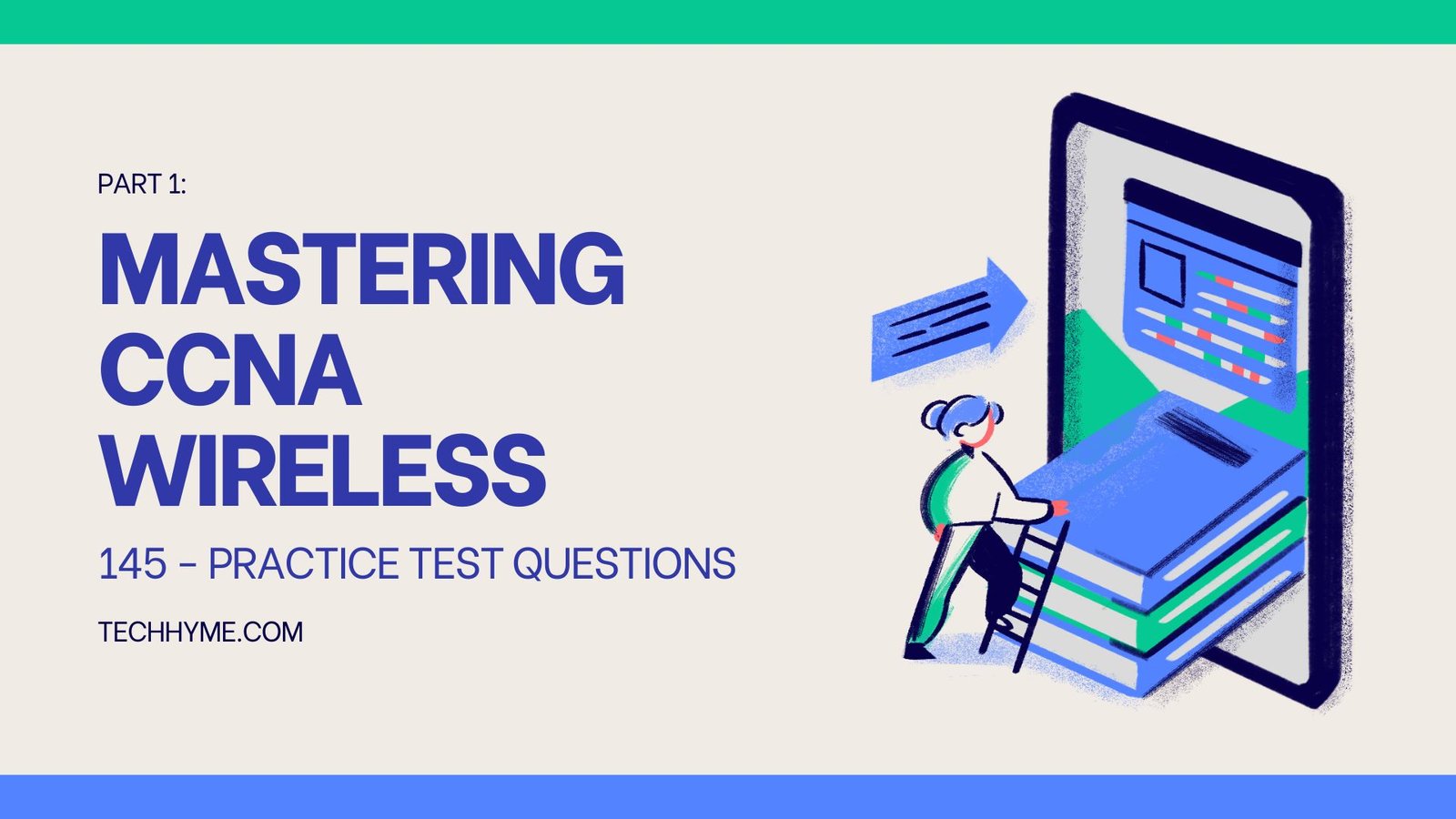
A Security Operations Center (SOC) Analyst plays a crucial role in protecting an organization’s IT infrastructure. If you’re preparing for a SOC Analyst interview, here are some of the most important questions you might encounter:
- What is a SOC analyst?
- What is the role of a SOC Analyst?
- What is SIEM?
- Explain the Incident Response Process.
- How do you prioritize security incidents?
- Describe the difference between IDS and IPS.
- What is the MITRE ATT&CK framework?
- How do you handle a false positive in a security alert?
- What is the role of threat intelligence in a SOC?
- Explain the concept of threat hunting.
- How do you stay up to date with the latest security news?
- Are there any high-profile security incidents that have interested you lately and why?
- Do you have any experience in scripting or programming? If yes – what languages?
- Can you describe the difference between UDP & TCP?
- Will you talk us through the TCP handshake?
- How much command line (CLI) experience do you have (on any OS)?
- You open a browser and browse to a website. What steps does your host take to resolve the address?
- Can you describe a standard cyber security incident response process?
- How would you approach a problem you’ve never seen before?
- Once you’ve solved the problem not previously seen, is there anything you could do?
- You are presented with a potentially malicious Windows binary, what are some steps you could take for basic analysis?
- Have you utilized any SIEM tooling? If so, which one?
- Have you used any EDR/XDR tools in the past? If yes – which ones? If not, don’t worry – can you explain what they exist for?
- Can you explain the difference between true positive, false positive, and false negative?
- Imagine you’ve joined our organization and a member of the IT admin team has recently set up a public-facing web server. What advice would you give to help secure it?
- What event logs are available by default on Windows?
- Imagine we have two remote assets that aren’t connected to any security tooling and we had to manually retrieve artifacts from them. One asset is Windows, the other is a Ubuntu host. Can you talk us through the forensic artifacts you would look at collecting from both assets? (bonus points for explaining why you’d collect them)
- What is information security and how is it achieved?
- Explain risk, vulnerability, and threat.
- What is the difference between asymmetric and symmetric encryption, and which one is better?
- What is an IPS and how does it differ from an IDS?
- What is the difference between encryption and hashing?
- What is a security misconfiguration?
- What are black hat, white hat, and gray hat hackers?
- What is a firewall?
- How do you keep yourself updated with the information security news?
- The world has recently been hit by an attack (that is, SolarWinds). What would you do to protect your organization as a security professional?
- What is the CIA triad?
- HIDS and NIDS – which one is better and why?
- What is a security policy?
- What are the core principles of information security?
- What is non-repudiation (as it applies to IT security)?
- What is the relationship between information security and data availability?
- What is the difference between logical and physical security? Can you give an example of both?
- What’s an acceptable level of risk?
- Can you give me an example of common security vulnerabilities?
- Are you familiar with any security management frameworks, such as ISO/IEC 27002?
- What is a security control?
- What are the different types of security controls?
- What is information security governance?
- Are open source projects more or less secure than proprietary ones?
- Who do you look up to within the field of information security? Why?
- How would you find out what a POST code means?
- What is the chain of custody?
- Do you prefer filtered ports or closed ports on your firewall?
- What is a honeypot?
- What information security challenges are faced in a cloud computing environment?
- How many bits do you need for an IPv4 subnet mask?
- What are the layers of the OSI model?
- What is encapsulation?
- What are the three ways to authenticate a person?
- What is worse in firewall detection, a false negative or a false positive? And why?
- What is the primary reason most companies haven’t fixed their vulnerabilities?
- What is the three-way handshake? How can it be used to create a DOS attack?
- What are some of the responsibilities of level 1 and 2 SOC analysts?
- What are the steps to building a SOC?
- What is data protection in transit versus data protection at rest?
- Is it an issue to give all users administrator-level access?
- How do you protect your home WAP?
- How can you tell whether a remote server is running IIS or Apache?
- How often should you perform patch management?
- What is Docker?
- Are VXLANs scalable?
- What is the difference between TCP and UDP?
- What is a playbook/runbook in SOC?
- What is the difference between firewall deny and drop?
- Explain the different SOC models.
- What is DNS?
- You receive an email from your bank stating that there is a problem with your account. The email states you need to log in to your account to verify your identity and even provides a link to your bank. If you don’t verify your identity, the email states that your account will be frozen. Tomorrow is payday and you need to pay your rent that is past due via a wire transfer in the morning. What should you do?
- A friend of yours sends you an e-card via email. To view the e-card, you have to click on an attachment. What do you do?
- You are a new level 1 SOC analyst and receive a call from the IT helpdesk to ensure you can access all systems. The IT helpdesk person is friendly to you and asks you to confirm your password, so they can verify you meet the minimum complexity requirements. What do you do?
- What is cognitive cybersecurity?
- What is the difference between SIEM and IDS systems?
- What is port blocking?
- What is ARP and how does it work?
- What is port scanning?
- A senior executive approaches you and demands that you break security policy to let her access a social media website. What do you do?
- Why would an organization bring in an outside consulting firm to perform a penetration test?
- What is an insider threat?
- What is a residual risk?
- What is data loss prevention (DLP)?
- What is an incident response plan?
- What is a botnet?
- What are the most common types of attacks that threaten enterprise data security?
- What is XSS and how can you mitigate it?
- What is CSRF?
- What is Splunk?
- Why is Splunk used for analyzing data?
- What do SOAR solutions provide that SIEM tools usually don’t?
- Name any 5 Best Commercial SIEM Tools.
Remember, these questions are meant to be informative guides and may require adaptation based on your experience and the specific job role you’re interviewing for.
Good luck with your interview!
You may also like:- Essential Log Types for Effective SIEM Deployment
- 80 Most Important Network Fundamentals Questions With Answers
- Top 40 Cyber Security Questions and Answers
- Top 10 React JS Interview Theory Questions and Answers
- How To Parse SSH Authentication Logs with Logstash
- CISSP – Practice Test Questions – 2024 – Set 20 (53 Questions)
- Part 2: Exploring Deeper into CCNA – Wireless (145 Practice Test Questions)
- Part 1: Mastering CCNA – Wireless (145 Practice Test Questions)
- [1z0-1085-20] Oracle Cloud Infrastructure Foundations 2020 Associate MCQ Questions – Part 3
- [1z0-1085-20] Oracle Cloud Infrastructure Foundations 2020 Associate MCQ Questions – Part 2








